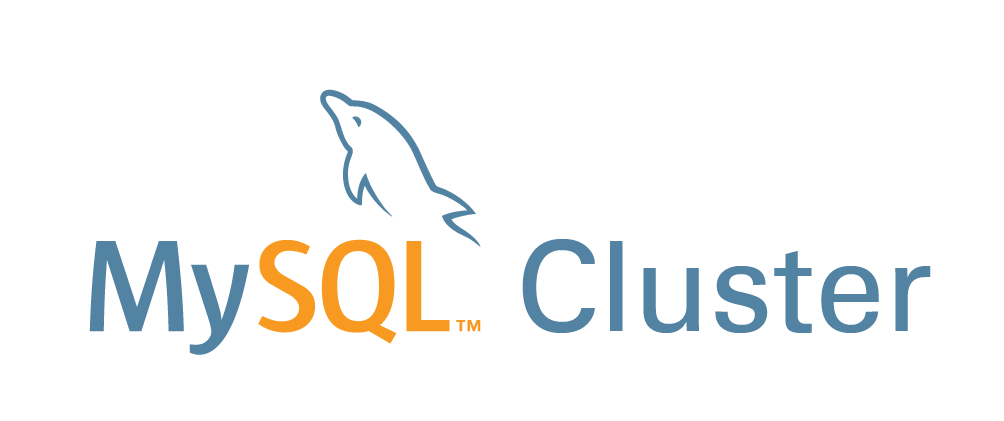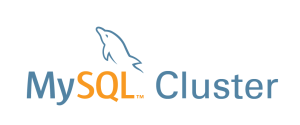 On Thursday I’ll be hosting a webinar explaining how you can get the best from the NoSQL world while still getting all of the benefits of a proven RDBMS. As always the webinar is free but please register here.
On Thursday I’ll be hosting a webinar explaining how you can get the best from the NoSQL world while still getting all of the benefits of a proven RDBMS. As always the webinar is free but please register here.
Even if you can’t join the live webinar, it’s worth registering as you’ll be emailed a link to the replay as soon as it’s available.
Abstract
There’s a lot of excitement about NoSQL data stores, with the promise of simple access patterns, flexible schemas, scalability, and high availability. The downside comes in the form of losing ACID transactions, consistency, flexible queries, and data integrity checks. What if you could have the best of both worlds? Join this webinar to learn how MySQL Cluster provides simultaneous SQL and native NoSQL access to your data—whether it’s in a simple key-value API (memcached) or REST, JavaScript, Java, or C++. You will hear how the MySQL Cluster architecture delivers in-memory real-time performance; 99.999 percent availability; online maintenance; and linear, horizontal scalability through transparent autosharding.
When
- Thu, Mar 26: 09:00 Pacific time (America)
- Thu, Mar 26: 10:00 Mountain time (America)
- Thu, Mar 26: 11:00 Central time (America)
- Thu, Mar 26: 12:00 Eastern time (America)
- Thu, Mar 26: 13:00 São Paulo time
- Thu, Mar 26: 16:00 UTC
- Thu, Mar 26: 16:00 Western European time
- Thu, Mar 26: 17:00 Central European time
- Thu, Mar 26: 18:00 Eastern European time
- Thu, Mar 26: 21:30 India, Sri Lanka
- Fri, Mar 27: 00:00 Singapore/Malaysia/Philippines time
- Fri, Mar 27: 00:00 China time
- Fri, Mar 27: 01:00 日本
- Fri, Mar 27: 03:00 NSW, ACT, Victoria, Tasmania (Australia)


